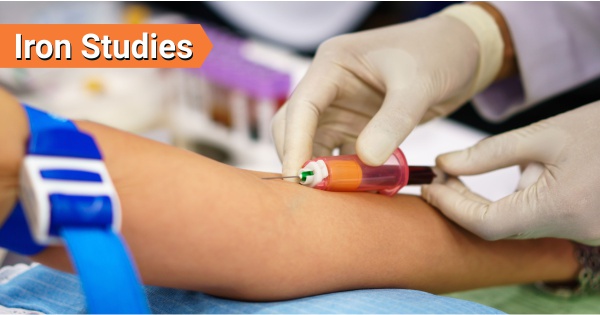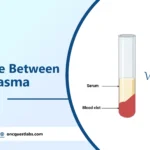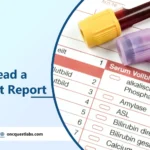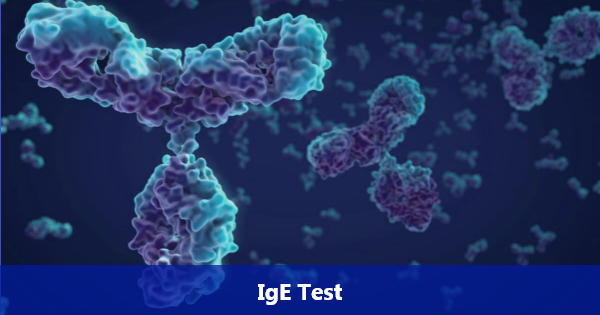Contents
Overview
Iron Studies are a group of tests performed on the same blood sample. Together, they measure the amount of iron in your body by measuring several substances in the blood. These tests are often requested at the same time and the results are considered together to help diagnose and/or monitor iron deficiency or iron overload.
The tests include:
- Serum transferrin: measures how much iron you have floating freely in your blood, but by itself is not a good indicator of iron excess or deficiency.
- Total iron-binding capacity: measures how well your body transports iron in your blood. This is sometimes called a total iron-binding capacity test (TIBC).
- Serum iron: measures the level of iron in the liquid part of the blood.
- Ferritin: measures the amount of stored iron in the body. Ferritin is the main protein that stores iron, especially in the liver and the bone marrow.
- Transferrin saturation: A calculation that represents the percentage of transferrin that is saturated with iron. It is a calculation using either the transferrin or TIBC value, when the serum iron concentration is known.
The body needs iron to help form adequate numbers of normal red blood cells, which carry oxygen throughout the body. Iron is a critical part of haemoglobin, the protein in red blood cells that binds oxygen in the lungs and releases it as blood travels to other body parts.
Other cells also need iron, especially muscle (which contains another oxygen-binding protein called myoglobin).
Low iron levels can lead to anaemia, in which the body does not have enough red blood cells. Other conditions can cause you to have too much iron in your blood. Both the conditions could be fatal if untreated.
Who needs these tests?
You might need iron studies if you have had a complete blood count, and it has shown you have anaemia or symptoms suggestive of it. These are also used to differentiate between different types of anaemia, to monitor treatment response, renal or hepatic disease etc.
You might also need iron studies if your doctor thinks you have too much iron in your body. The most common causes of too much iron are:
- haemochromatosis, which is an inherited condition
- frequent blood transfusions
- consuming too much iron over a long time
The body maintains a balance
Normal iron concentrations are maintained by a balance between the amount of iron taken into the body and the amount of iron lost. Normally, a small amount of iron is lost each day, so if too little iron is taken in, a deficiency will eventually develop. Unless a person has a poor diet, there is usually enough iron to prevent iron deficiency and/or iron deficiency anaemia in healthy people. Women of the childbearing age group are more susceptible to developing iron deficiency anaemia due to regular blood loss in the menstruation cycle.
When is there an increased need for iron?
In certain situations, there is an increased need for iron.
- Persons with chronic bleeding from the gut (usually from ulcers or tumours, long term usage of nonsteroidal anti-inflammatory drugs [NSAIDs] such as Ibuprofen or Aspirin)
- Women with heavy menstrual periods
- Iron from food is absorbed into the bloodstream in the small intestine. An intestinal disorder, such as celiac disease, which affects the intestine’s ability to absorb nutrients from digested food, can lead to iron-deficiency anaemia.
- Women who are pregnant or breastfeeding supply iron to their baby and can develop an iron deficiency if not enough extra iron is taken in.
- Children, especially during times of rapid growth, may need extra iron and can develop iron deficiency.
Low serum iron can also occur in states where the body cannot use iron properly despite sufficient iron stores.
In many chronic diseases, especially cancers, autoimmune diseases, and chronic infections (including AIDS), the body cannot properly use iron to make more red cells, and so anaemia develops. This disorder is known as “functional iron deficiency” or “anaemia of chronic disease”. The blood tests in persons with this condition will normally show low levels of serum iron and transferrin but normal or even high ferritin levels.
Is excess iron bad?
Too much iron can damage several organs, including the heart, liver, pancreas (where insulin is made) and joints most commonly. The most common cause of iron excess is an inherited disease called haemochromatosis. In this disease, the body absorbs more iron than it needs from the gut, and the excess iron gradually accumulates, causing organ damage over many years. The disease is inherited
Is iron deficiency the same thing as anaemia?
No, they are not the same. Iron deficiency refers to a decrease in the amount of iron stored in the body, while anaemia refers to a drop in the number of red blood cells (RBCs) and/or the amount of haemoglobin within the RBCs.
Disclaimer:
This blog is for informational purposes only and should not be construed as advice or as a substitute for consulting a physician. It is not a substitute for medical advice or treatment from a healthcare professional.
Sources:
https://www.labtestsonline.org.au/learning/test-index/iron-studies





